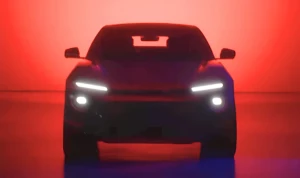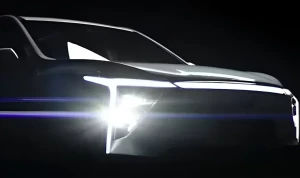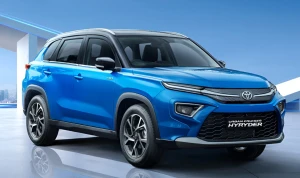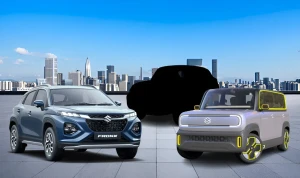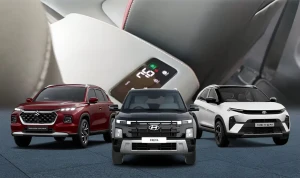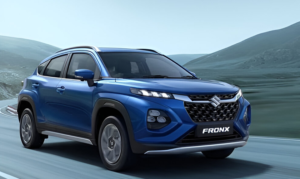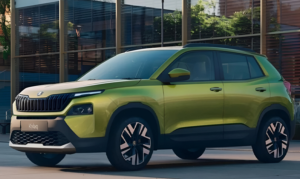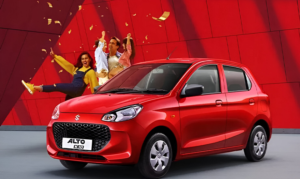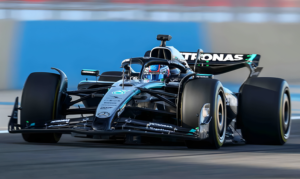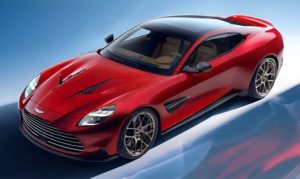Tata EV Charging Report – Fast‑Track Growth in India EV Network
- Growth in chargers, highway coverage, usage patterns, and where reliability still lags.
- What this means for trip planning, fast charging access, and real‑world long drives.
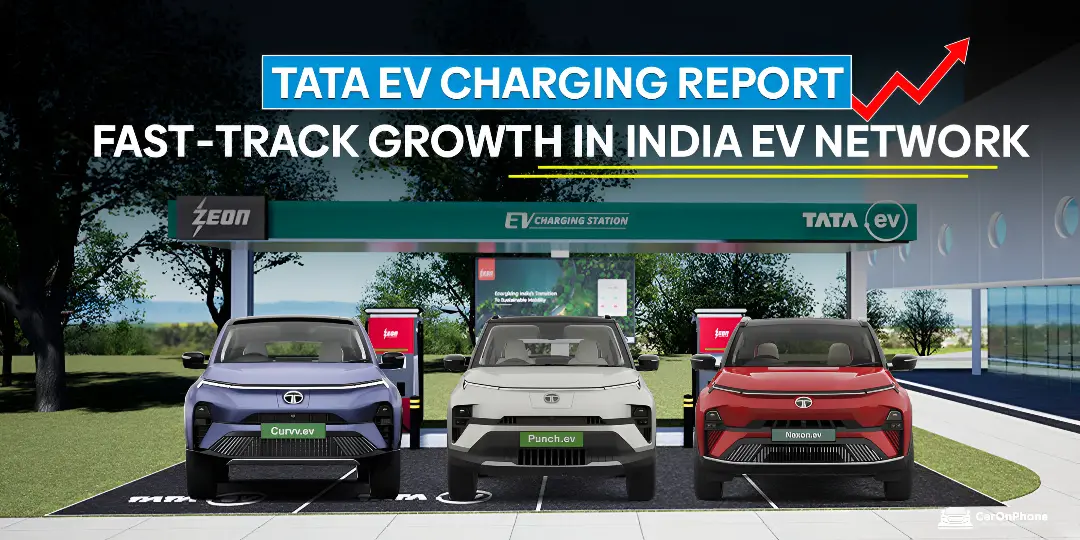
The Tata EV Charging Report lands with a clear message. India’s charging grid is growing up fast, and drivers are using it with confidence. In the first few lines, the Tata EV Charging Report sets the tone by pairing big numbers with lived behavior. This is not just infrastructure on paper, it’s routes, stops, and real kilometers.
Catch the latest launches and updates on CarOnPhone!
What does the Tata EV Charging Report say about growth?
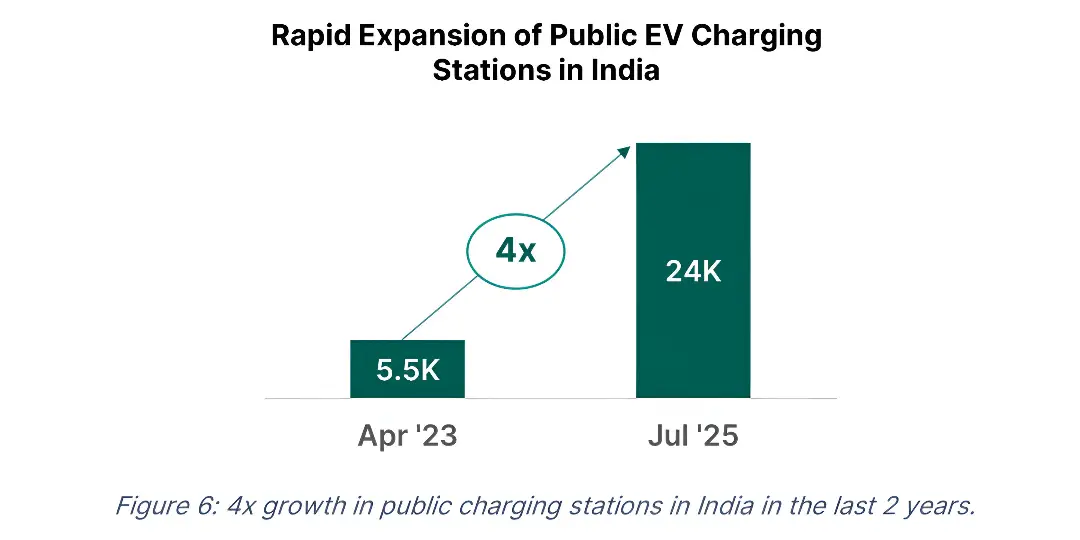
Public EV chargers have quadrupled since 2023. They’re approx. 24,000 by mid‑2025, a surge that reflects rising EV adoption and daily reliance.
EVs are present in 65% of Indian pin codes. 84% of EV owners now treat their EV as the primary car. Average monthly running sits around 1,600 km and owners drive their cars on 27 days a month, which outpaces ICE usage and reflects lower running costs and improving access to charge points.
How is fast charging coverage changing, according to the Tata EV Charging Report?

Coverage on highways is the standout shift. 91% of National Highways now have a fast charger that’s well within a 50 km radius.
States and UTs like Karnataka, Haryana, Delhi, Kerala, Bihar, Chandigarh, Punjab, Goa, Tripura, Sikkim, Puducherry, Daman and Diu, and Dadra and Nagar Haveli are at 100% by that measure.
Good collaboration and data‑led placement have been instrumental in this success. They’ve helped add over 18,000 public chargers in about 15 months and guided installations using real travel patterns instead of guesswork.
Where are the gaps in EV charging infrastructure in India?
Reliability remains the hard problem. Of about 25,000 public chargers counted in early 2024, around 12,100 were reportedly non‑functional. 38% of customers cite unreliable chargers as a major concern, and on highways a single dead unit can trigger long delays.
Users also point to uneven distribution, app glitches, and mid‑power units that are too slow for tight schedules. The growth is real, but uptime, power levels, and consistent maintenance need to catch up to demand.
How does utilization look, and what does that say about the EV charging market in India?

Signals of commercial health are emerging. The top quarter of chargers have reached utilization above profitability thresholds, suggesting viable business cases where density and standardization improve.
Behavior is shifting too: by July 2025, 35% of Tata EV users were tapping fast chargers at least once a month, and around 77% had taken trips that required public charging.
Nearly 14,000 owners rely primarily on the public network, a sign that convenience and trust are climbing even as operators fix weak links.
What is Tata Motors’ EV strategy for the next leg of EV network expansion in India?
Tata.ev has outlined a plan to more than double available charge points to 400,000 by 2027. They aim to achieve this through open collaboration with charge point operators and a Mega Charger network focused on superfast, high‑reliability sites.
The company’s approach blends home and community charging with public corridors, verified sites, unified payments, and customer support to establish consistency across the map. It is a systems view that aims to match scale with quality as the EV charging market in India matures.
What does this mean for EV owners planning real trips today?
Long drives are no longer a novelty. Half of Tata EV owners have already done 500 km‑plus journeys on corridors like Delhi–Manali, Mumbai–Goa, and Hyderabad–Bengaluru, typically stopping every two to three hours for a rest and a top‑up.
For most itineraries, that rhythm works. For tighter schedules, look for verified, higher‑power sites and always have a plan B in your app. As Fast EV Charging in India spreads and uptime improves, the gap between map and reality keeps shrinking.
Tags:
CarOnPhone is your one-stop destination to see all upcoming cars, latest cars, released cars, and EV Cars, and compare Cars in all Car Brands. Stay tuned and follow us to update yourself on the automotive world.

